A practical, creator-focused guide to getting authentic Super 8 results with the Chinon GL-S today—covering features, workflow, costs to consider, and second-hand buying tips.

What is the Chinon GL-S?
The Chinon GL-S is a Super 8 film movie camera from the classic era of accessible home cinema. It was designed as a portable, user-friendly tool with just enough manual control to shape your image without overwhelming you. Cartridge loading is straightforward, and auto-exposure makes it beginner-friendly while staying dependable for artists who want authentic emulsion texture.
More than a nostalgia piece, the GL-S represents a democratized moment in filmmaking—when personal cameras put real film into the hands of everyday creators. That spirit is still alive: the GL-S remains a compact, capable way to add tactile grain, gentle flicker, and organic imperfections to modern projects.
Key features that matter in 2025
Fast, versatile zoom
The GL-S typically includes a fixed zoom lens around 7.5–60mm with a bright f/1.7–f/1.9 aperture. That speed helps indoors and at blue hour, while the range lets you move from wide vignette to intimate portrait without changing lenses.

Frame rates and metering
Most GL-S bodies run at 18 fps, the quintessential Super 8 cadence. Some units also offer 24 fps—check your specific body’s controls. A built-in CdS light meter powers the auto-exposure; if yours is inconsistent, you can meter externally and ride the exposure compensation where available.
Power and practicality
The camera runs on readily available AA batteries, making it easy to keep powered on location. It was built for Super 8 sound cartridges; since those are no longer manufactured, plan to record audio separately and sync in post.
Who the GL-S suits—and project ideas
The Chinon GL-S suits filmmakers, media artists, and experimental creators who want honest film grain more than technical perfection. It’s a great fit for musicians and indie bands seeking lo-fi, nostalgic visuals, and for visual artists exploring projection, installations, and analog/digital hybrids. Because of its simple loading and auto-exposure, it’s also a friendly entry point for first-time film shooters.
Project ideas
- Dreamy music videos with mixed digital and Super 8 textures
- Experimental shorts using light leaks and layered projections
- Digital/analog hybrid edits for fashion reels or teasers
- Projection art on walls, fabrics, or bodies for performances
- Vintage-style wedding highlights focused on fleeting moments
Picture a twilight rooftop: warm tungsten bulbs, wind in the mic’d guitar, the skyline pulsing softly. You pan past friends laughing; a flare blooms across the frame, grain dancing in the shadows. Colors lean warm and cyan, textures glow—more memory than measurement.
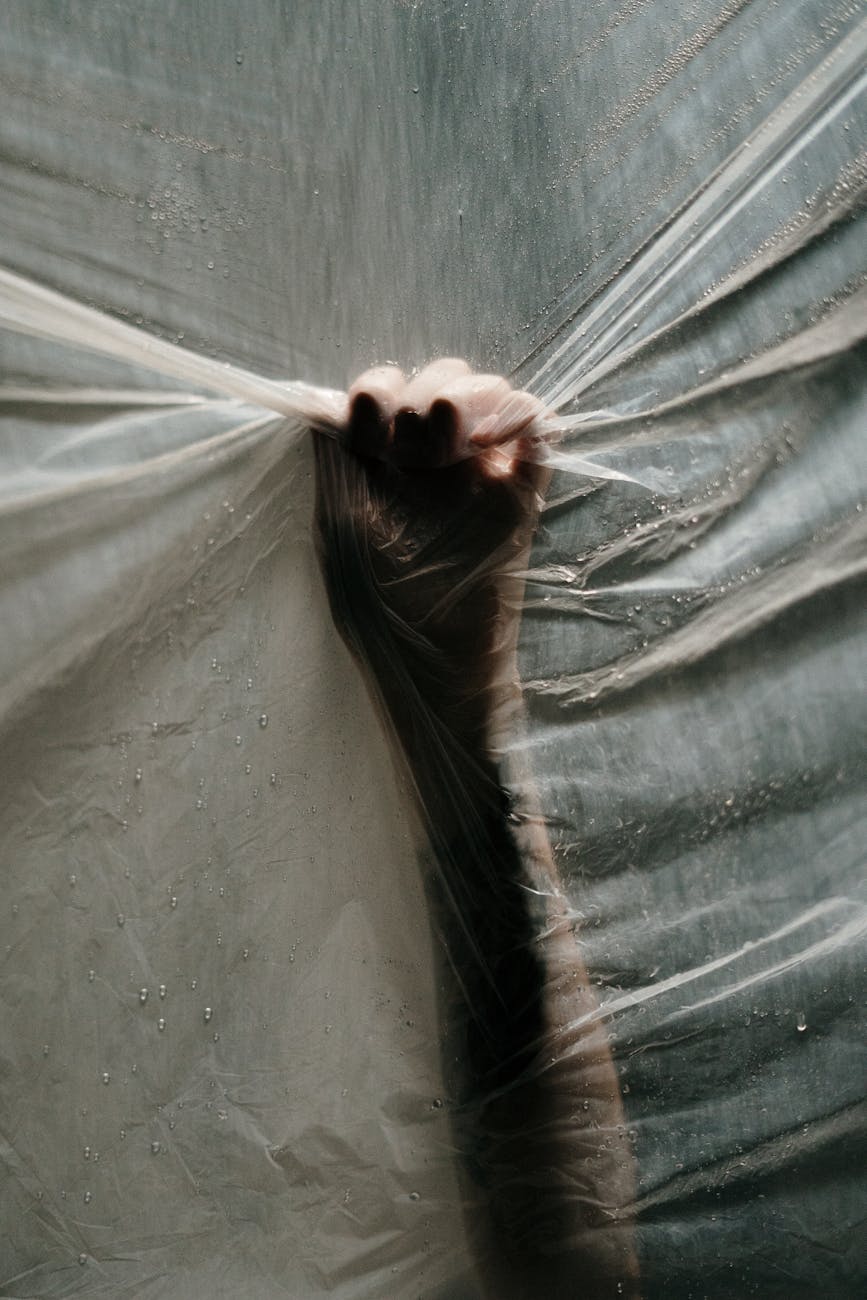
Shooting workflow in 2025
Hybrid by design
Most creators shoot select sequences on the GL-S to layer texture into a digital edit. Think establishing shots, transitions, performance cutaways, or dreamlike inserts that carry emotion more than detail.
From cartridge to timeline
- Load a modern Super 8 cartridge and test the motor before rolling.
- Shoot sparingly—Super 8 invites story-first decisions.
- Send cartridges to a lab for development and scanning. Well-known options include Andec and Pro8mm, among others.
- Receive digital scans, then cut them with your main footage in your NLE.
Plan your coverage
A standard 50-foot Super 8 cartridge yields roughly 3 minutes at 18 fps. Storyboard or shot-list to make each roll count, and consider roll-specific looks (e.g., daylight vs. tungsten stock) to give each sequence a distinct mood.
Handheld and exposure tips
- Brace the camera against your cheek or chest and let gentle movement become part of the aesthetic.
- Leverage the fast lens for interiors; pair it with a suitable film stock for the light you have.
- Use an ND filter outdoors to keep the lens in its sweet spot and avoid overexposure.
- If auto-exposure drifts, meter with a small external meter and adjust exposure compensation where possible.
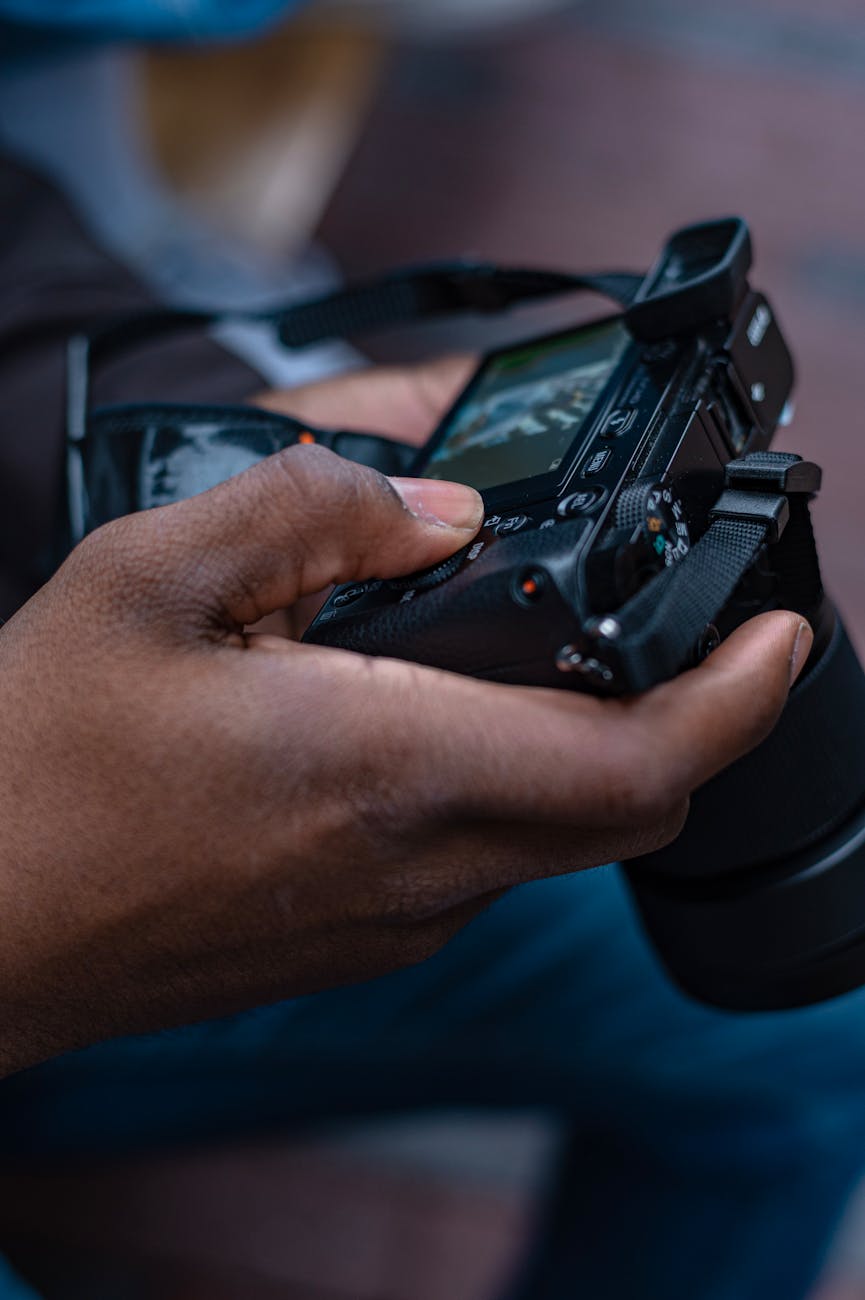
Film, power, and useful accessories
Film stocks that pair well
The GL-S works with modern Super 8 cartridges like Kodak Vision3 50D, 200T, and 500T. Choose speed based on light: 50D for bright daylight, 200T for mixed light or interiors, and 500T for low light or night. Use ND in strong sun to protect highlights.
Power and carry
- Pack spare AA batteries and test the motor before important takes.
- Keep a small ND filter (gel or screw-on) in your kit for outdoor control.
- Record audio separately on a pocket recorder; slate or clap for easy sync.

Second-hand buying guide and price expectations
When shopping for a Chinon GL-S, prioritize core functionality: the motor, lens, film path, and meter response. Sound-recording hardware is largely irrelevant today, as Super 8 sound cartridges are discontinued.

Hands-on checklist
- Install fresh AA batteries and confirm the motor runs smoothly.
- Zoom and focus rings should move freely and focus accurately.
- Open the film gate; ensure the gate and pressure plate are clean and unscratched.
- Point at bright vs. dim light to see if the meter responds.
- Inspect battery compartment for corrosion or acid damage.
- Note common faults: dead meters, flaky exposure circuits, sticky zoom/focus.
Condition and testing influence value more than cosmetics. A unit with a responsive meter, smooth zoom/focus, and a clean film path is usually the best long-term investment.
Care and maintenance essentials
Keep the GL-S ready by treating the film path like a darkroom tool. Dust or residue at the film gate can scratch your footage, so a clean, lint-free swab and gentle air are your friends. Cap the lens when not in use, store the camera in a dry place, and exercise zoom/focus periodically to prevent stickiness.
- Keep the film gate and pressure plate spotless to avoid scratches.
- Cap the lens and store in a dry place to protect optics and electronics.
- Exercise the zoom/focus periodically to prevent stickiness.
- Test exposure response occasionally; plan for external metering if it weakens.

Why the GL-S still matters
The Chinon GL-S offers the genuine grain and organic quirks that define Super 8—soft roll-off, flicker that breathes, and the way skin and sky feel alive in motion. It’s an accessible path into real emulsion and a creative gateway for artists who want tangible, analog cinema texture in a digital world.
Ready to make something beautifully imperfect? Pair your GL-S with a couple of cartridges, fresh AAs, a pocket recorder, and a plan—and let the format shape the story, not the other way around.




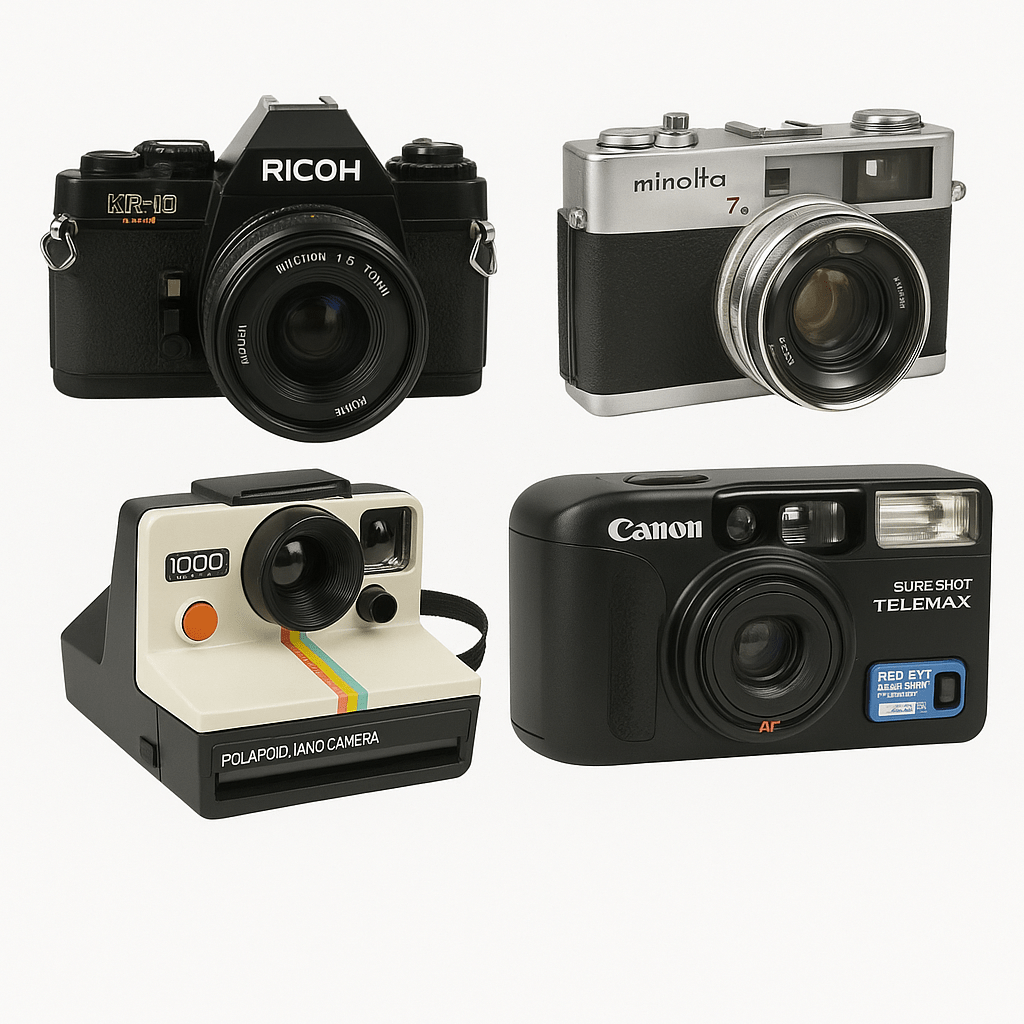
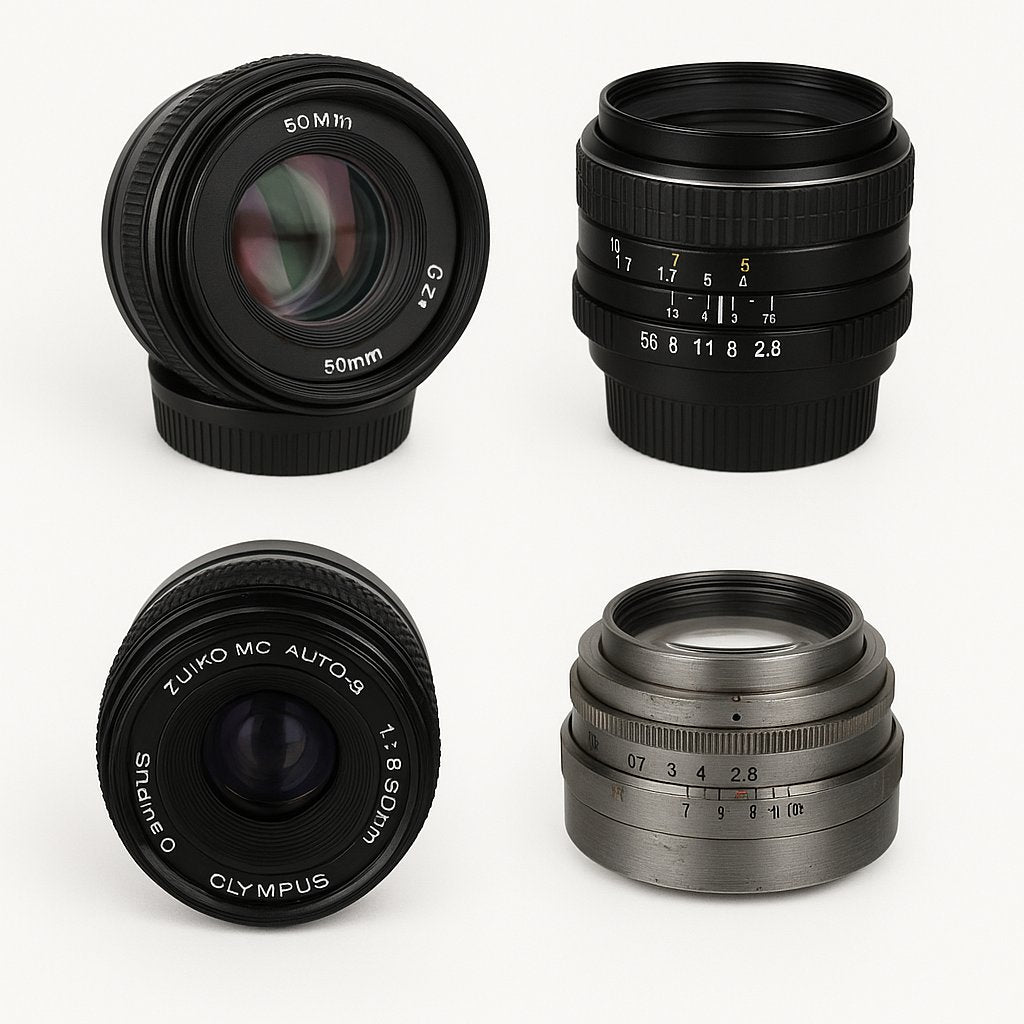
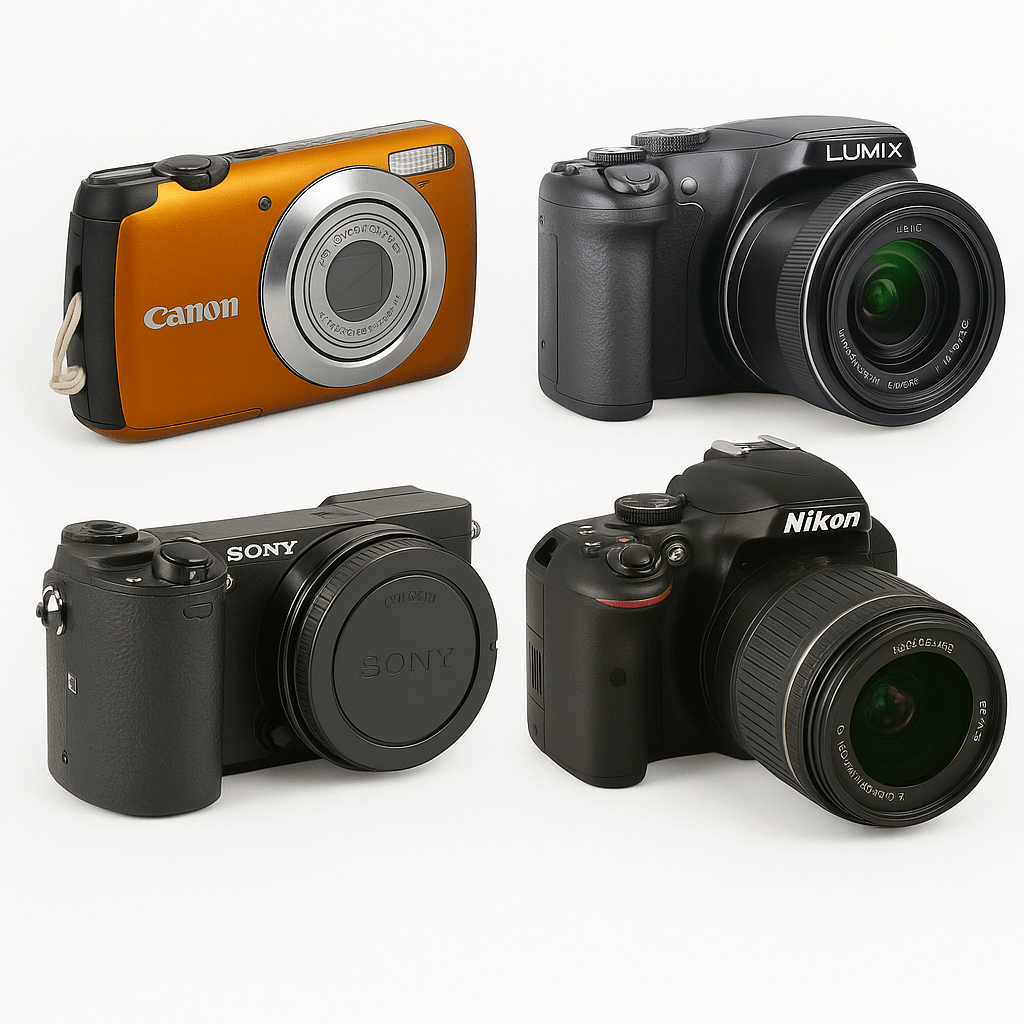
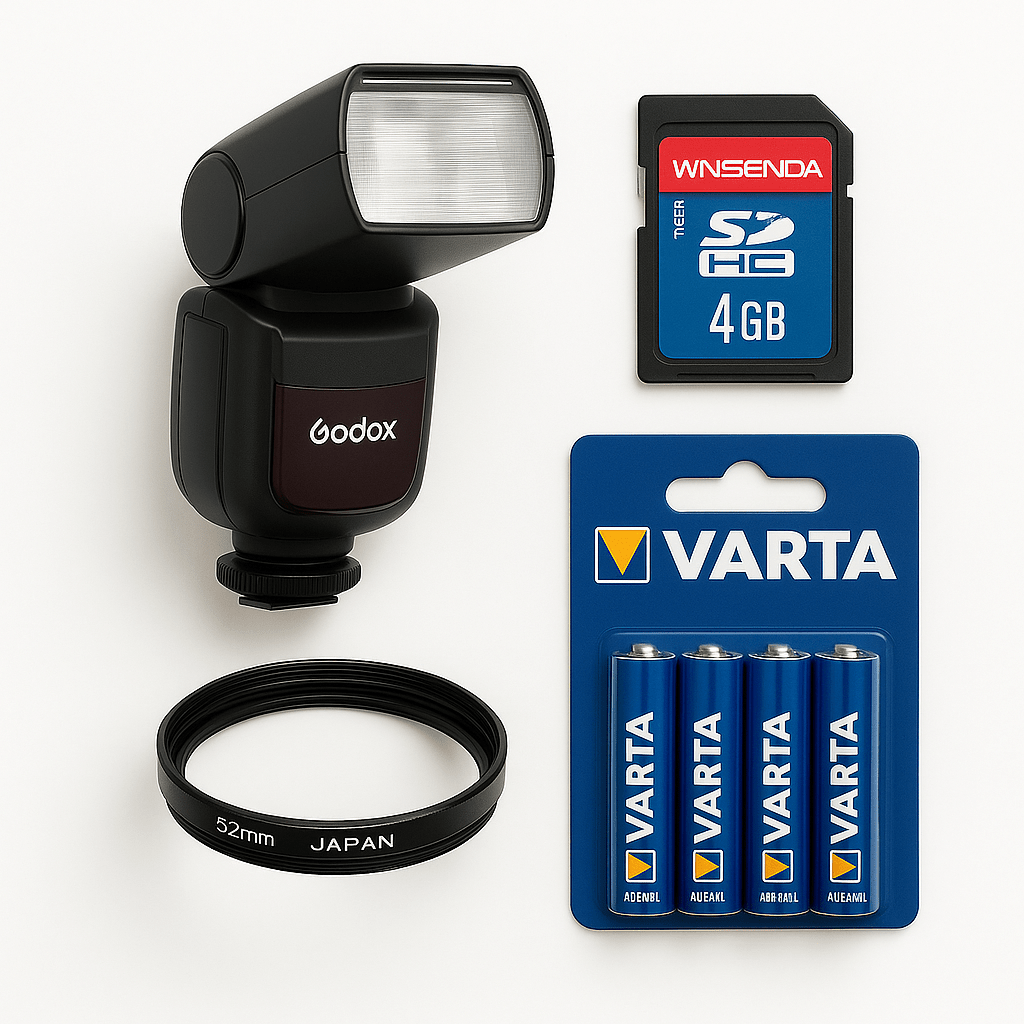
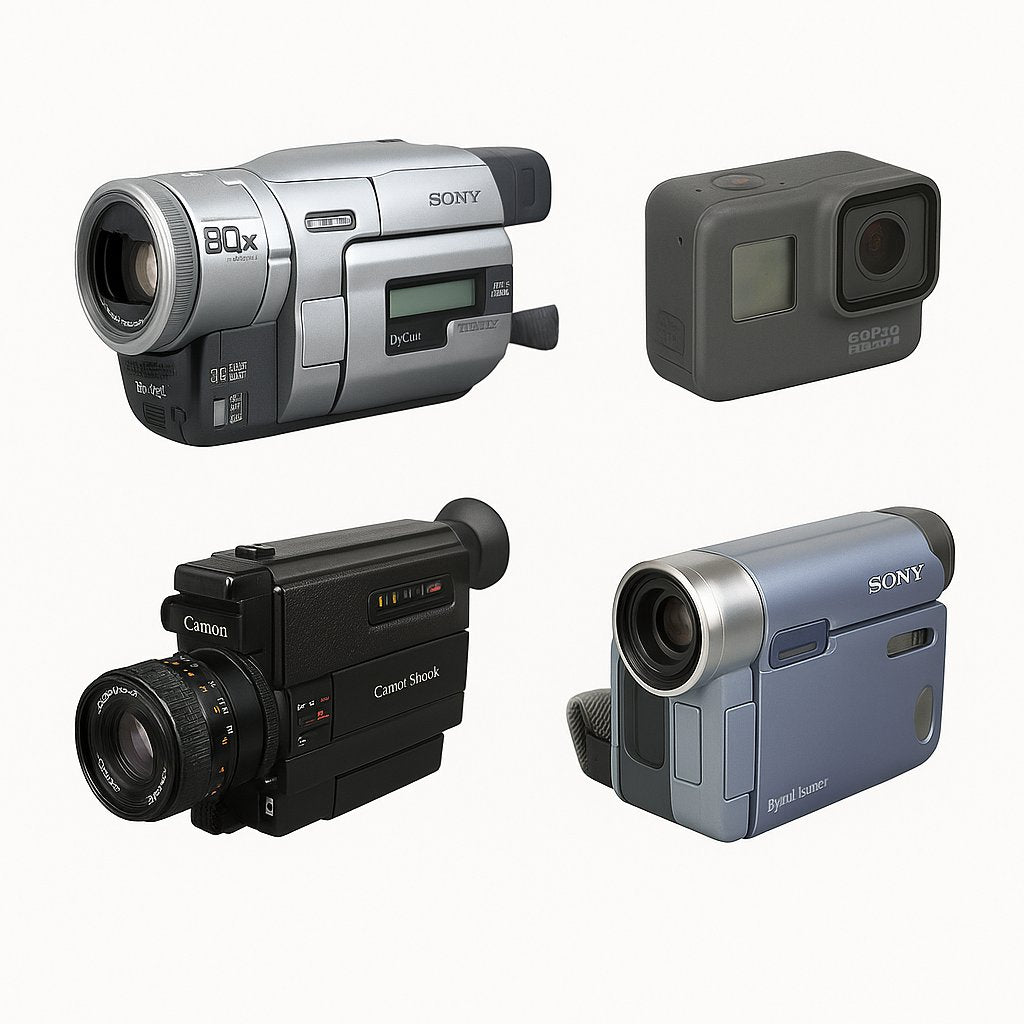
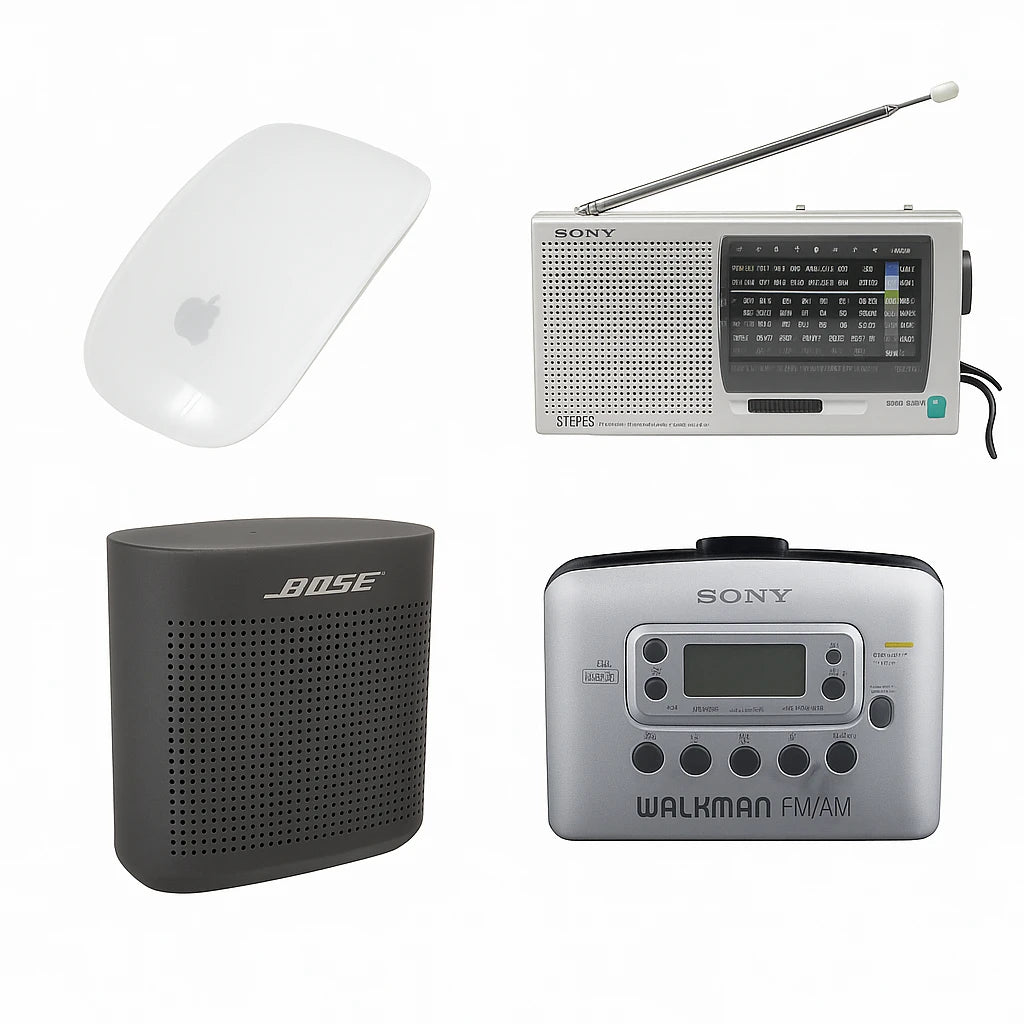
0 comments